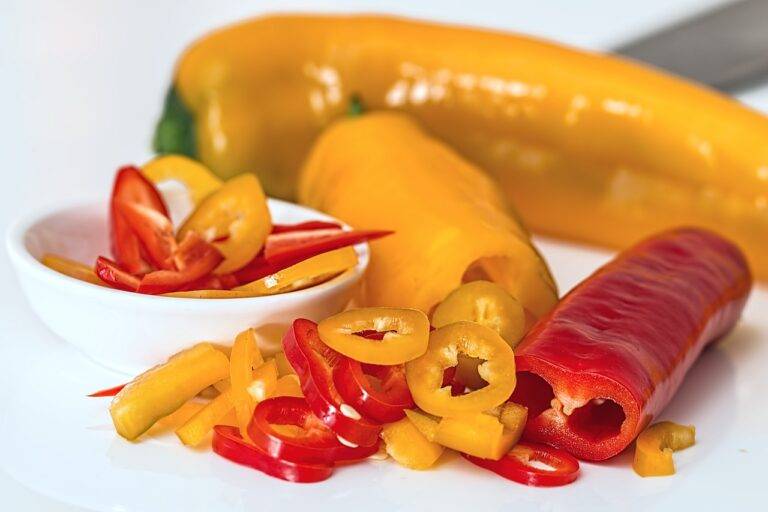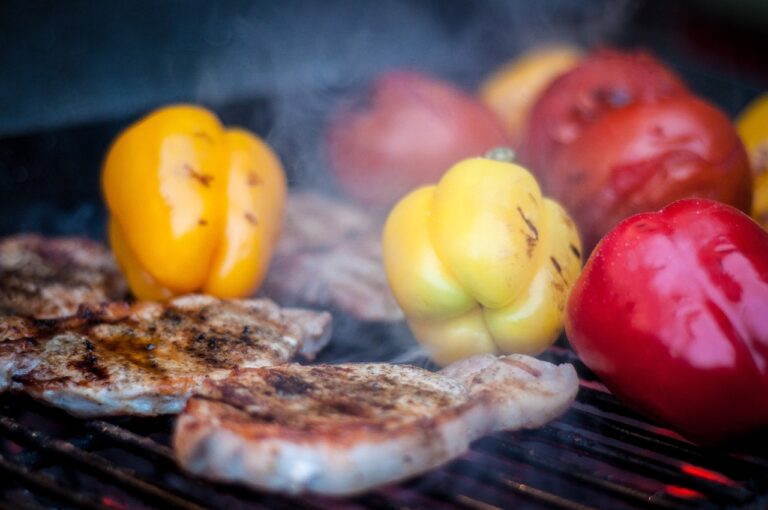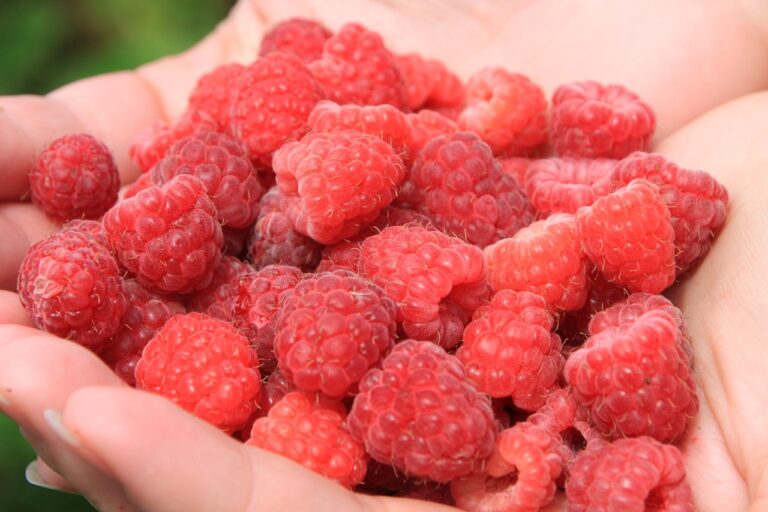The Science of Food Pairing: Exploring the Chemistry Behind Flavor Harmony
Food pairing is a fascinating culinary concept that involves combining various foods in such a way that their flavors complement each other perfectly. While many people view food pairing as an art form, there is actually a scientific basis behind why certain foods taste so good together. In this article, we will delve into the intricate world of food pairing and explore the chemistry behind flavor harmony.
The Basics of Flavor Chemistry
Before we can understand the science behind food pairing, it’s important to have a basic understanding of flavor chemistry. Flavor is a complex sensory experience that is influenced by a variety of factors, including taste, aroma, texture, and temperature. When we eat food, our taste buds detect five basic tastes: sweet, salty, sour, bitter, and umami. These tastes are perceived by different receptors on our taste buds, which send signals to the brain to interpret the flavor.
The Role of Aromas in Food Pairing
One of the key factors in food pairing is the role of aromas. Aromas play a crucial role in how we perceive flavor, as our sense of smell is closely linked to our sense of taste. When we eat food, aromas are released into the air and travel through our nasal passages to our olfactory receptors, where they are detected and interpreted by the brain. This is why certain foods that share similar aromas often taste great together.
Understanding Flavor Compounds
Another important aspect of food pairing is the concept of flavor compounds. Flavor compounds are chemical compounds that give foods their characteristic flavors. These compounds can be found in a wide variety of foods, and by understanding how they interact with each other, we can create harmonious flavor combinations. For example, the compound responsible for the floral aroma in strawberries is also found in vanilla, which is why these two flavors pair so well together.
The Science Behind Wine and Food Pairing
One of the most famous examples of food pairing is wine and food pairing. The science behind why certain wines go well with certain foods is based on the interplay of flavors and aromas. For example, a full-bodied red wine pairs well with a rich and fatty steak because the tannins in the wine help cut through the fat and enhance the overall flavor of the dish.
Exploring Flavor Harmony in Different Cuisines
Food pairing is not limited to just wine and food it can be applied to a wide range of cuisines from around the world. For example, in Japanese cuisine, the concept of umami plays a crucial role in creating balanced and flavorful dishes. Umami is considered the fifth basic taste, and foods that are high in umami, such as soy sauce and mushrooms, pair well with other ingredients to create a harmonious flavor profile.
Practical Tips for Food Pairing
For those looking to experiment with food pairing at home, there are a few practical tips to keep in mind. First, consider the intensity of flavors pairing strong flavors with subtle ones can create a well-balanced dish. Second, think about the texture of the foods you are combining pairing crunchy and creamy textures can create an interesting contrast. Finally, don’t be afraid to experiment and try new flavor combinations you never know what delicious discoveries you might make!
Conclusion
Food pairing is a delightful journey into the world of flavor chemistry, where the art of combining different foods to create harmonious flavor profiles meets the science of understanding how and why certain flavors work well together. By exploring the intricate interplay of tastes, aromas, and textures, we can unlock a treasure trove of culinary possibilities that will tantalize our taste buds and elevate our dining experiences to new heights.
FAQs
Q: What is the science behind food pairing?
A: Food pairing is based on the concept of flavor chemistry, which involves understanding how different flavors and aromas interact with each other to create harmonious combinations.
Q: Why do certain foods taste better together?
A: Certain foods taste better together because they share similar flavor compounds or aromas that complement each other and enhance the overall flavor of the dish.
Q: How can I improve my food pairing skills?
A: To improve your food pairing skills, experiment with different flavor combinations, consider the intensity and texture of the foods you are pairing, and don’t be afraid to try new and unusual combinations.
Q: Are there any traditional food pairings that have stood the test of time?
A: Yes, there are many traditional food pairings that have stood the test of time, such as wine and cheese, chocolate and strawberries, and peanut butter and jelly. These pairings have become classics for a reason because they taste delicious together!







